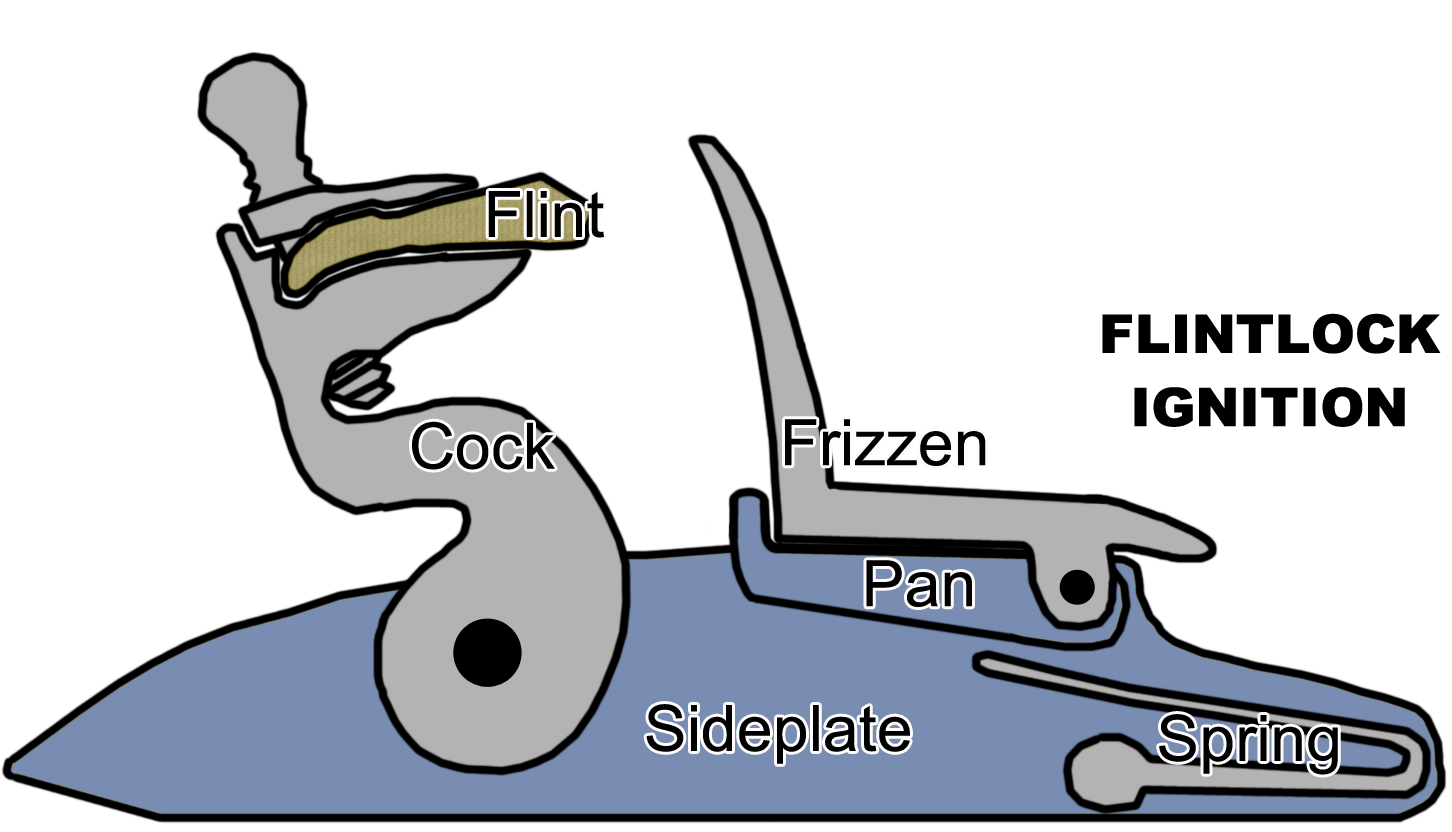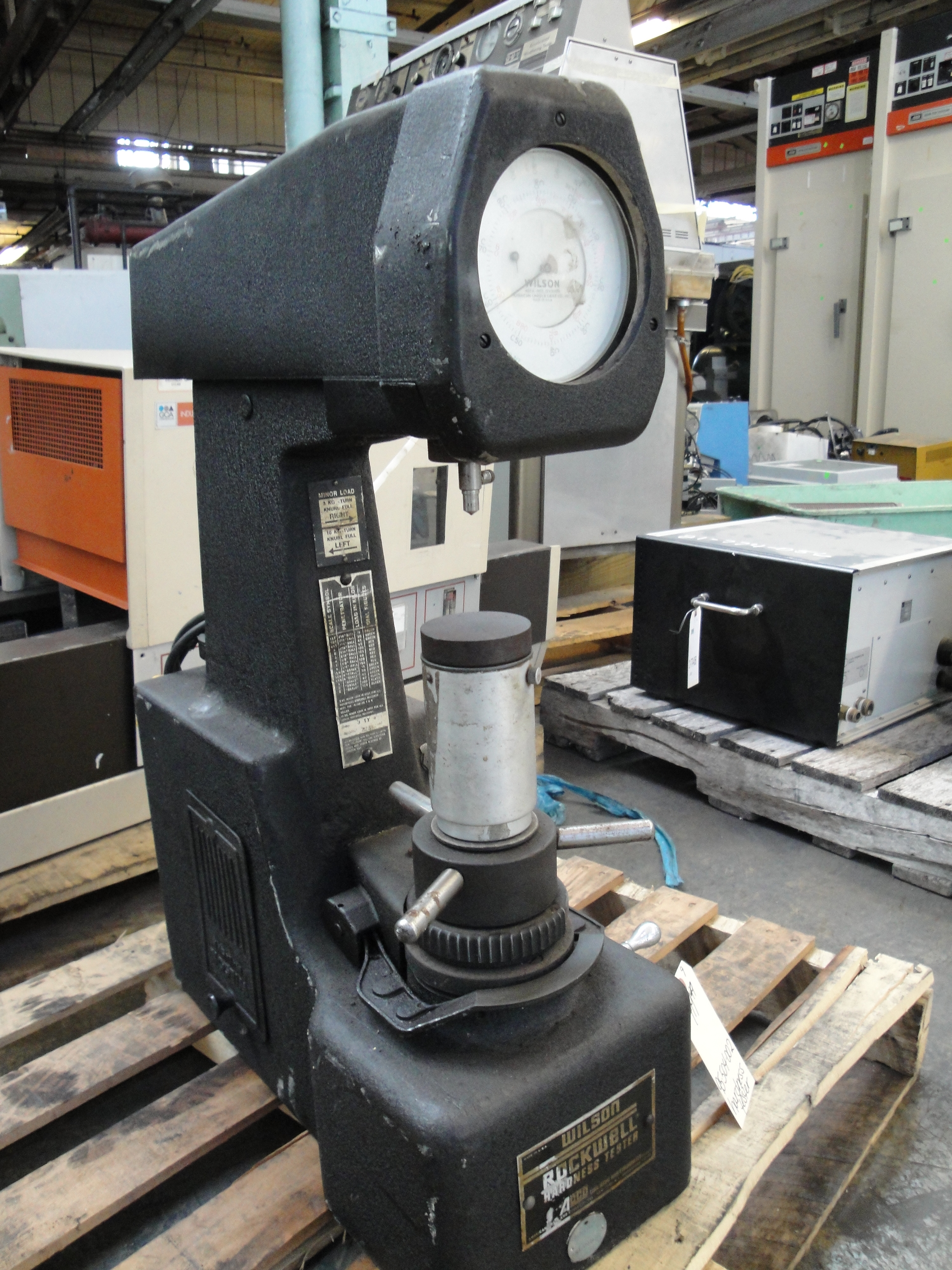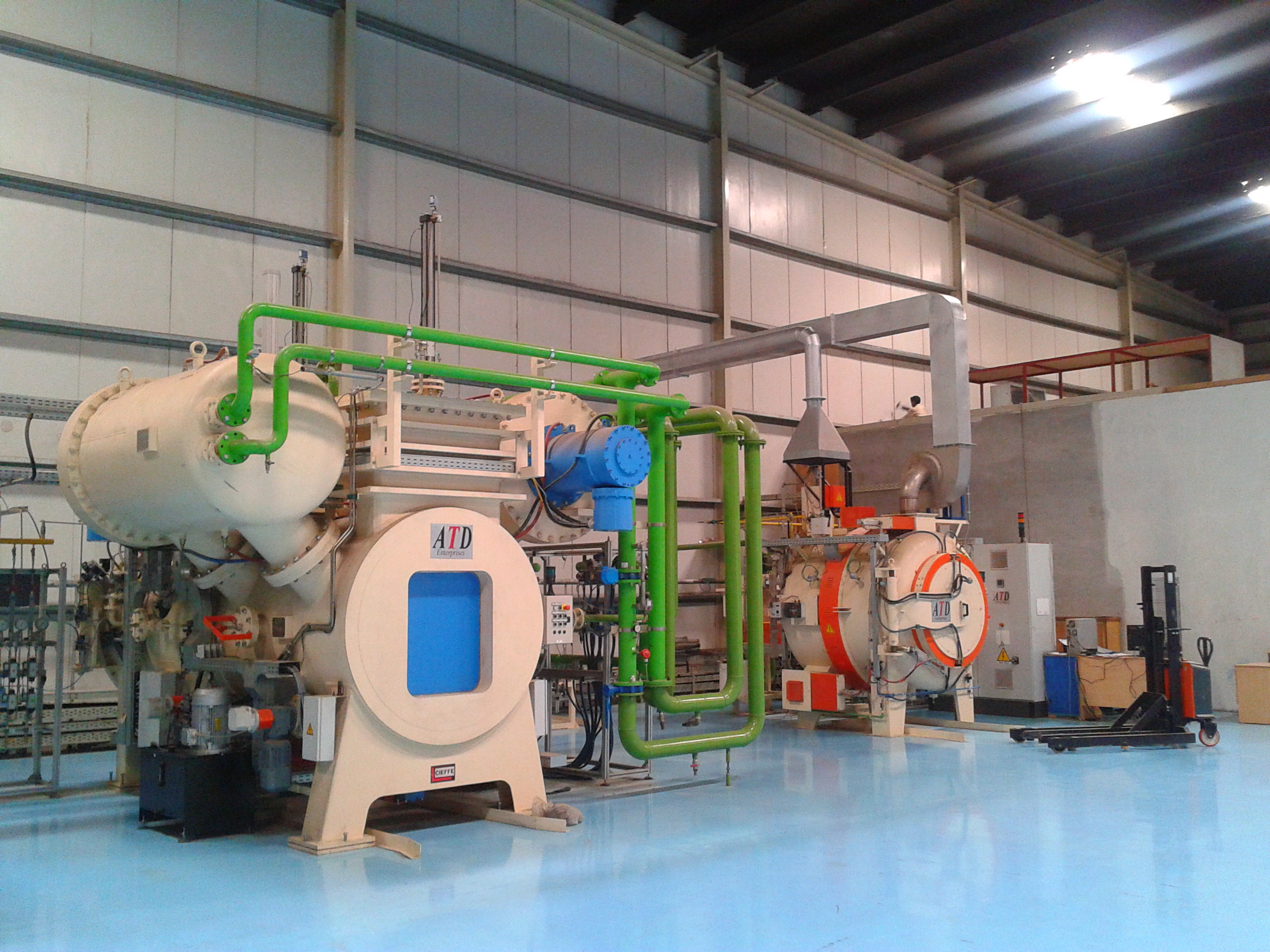|
Walther P99
The Walther P99 () is a semi-automatic pistol developed by the German company Carl Walther GmbH Sportwaffen of Ulm for law enforcement, security forces and the civilian shooting market. History Design work on this new generation sidearm began in 1994, and the handgun was presented in 1997 with series production commencing that same year as a replacement for the Walther P5 and the P88. Walther announced the discontinuation of the P99 in early 2023. Evolution The Walther P99 was modified several times throughout its production history, as were the magazines. When the P99 was introduced the magazine capacities were 16 rounds for 9×19mm Parabellum and 12 rounds for .40 S&W. Magazines had witness holes on both sides. Later the magazine capacities were reduced to 15 rounds for 9×19mm Parabellum and 11 rounds for .40 S&W while witness holes were introduced at the rear of the magazine to view the loading condition. Second generation models Walther presented a redesigned ... [...More Info...] [...Related Items...] OR: [Wikipedia] [Google] [Baidu] |
Semi-automatic Pistol
A semi-automatic pistol (also called a self-loading pistol, autopistol, or autoloading pistol) is a repeating firearm, repeating handgun that automatically ejects and loads cartridge (firearms), cartridges in its chamber (firearms), chamber after every shot fired, but only one round of ammunition is fired each time the Trigger (firearms), trigger is pulled. The pistol's fire control group disconnects the trigger mechanism from the firing pin/striker until the trigger has been released and reset manually, unlike the self-cycled firing mechanism in machine pistol, fully automatic pistols. A semi-automatic pistol recycles part of the energy released by the propellant combustion to move its bolt (firearm), bolt, which is usually housed inside the pistol slide, slide. After a round of ammunition is fired, the spent cartridge casing is extracted and ejected as the slide/bolt moves rearwards under recoil, the hammer (firearms), hammer/striker is cocked by the slide/bolt movement, and a ... [...More Info...] [...Related Items...] OR: [Wikipedia] [Google] [Baidu] |
Angular Mil
A milliradian ( SI-symbol mrad, sometimes also abbreviated mil) is an SI derived unit for angular measurement which is defined as a thousandth of a radian (0.001 radian). Milliradians are used in adjustment of firearm sights by adjusting the angle of the sight compared to the barrel (up, down, left, or right). Milliradians are also used for comparing shot groupings, or to compare the difficulty of hitting different sized shooting targets at different distances. When using a scope with both mrad adjustment and a reticle with mrad markings (called an "mrad/mrad scope"), the shooter can use the reticle as a ruler to count the number of mrads a shot was off-target, which directly translates to the sight adjustment needed to hit the target with a follow-up shot. Optics with mrad markings in the reticle can also be used to make a range estimation of a known size target, or vice versa, to determine a target size if the distance is known, a practice called "milling". Milliradians ... [...More Info...] [...Related Items...] OR: [Wikipedia] [Google] [Baidu] |
Hammer (firearms)
The hammer is a part of a firearm that is used to strike the percussion cap/ primer, or a separate firing pin, to ignite the propellant and fire the projectile. It is so called because it resembles a hammer in both form and function. The hammer itself is a metal piece that forcefully rotates about a pivot point. The term tumbler can refer to a part of the hammer or a part mechanically attached to the pivot-point of the hammer, depending on the particular firearm under discussion (see half-cock). According to one source the term tumbler is synonymous with hammer. Evolution In the development of firearms, the flintlock used flint striking steel to produce sparks and initiate firing by igniting the gunpowder used as a propellant. The flint was fixed to a swinging arm called the ''cock''. Prior to firing, the cock was held rearward under spring tension. Pulling the trigger allowed the cock to rotate forward at a speed sufficient to produce sparks when it struck the steel frizzen. ... [...More Info...] [...Related Items...] OR: [Wikipedia] [Google] [Baidu] |
Trigger (firearms)
A trigger is a mechanism (engineering), mechanism that Actuator, actuates the function of a ranged weapon such as a firearm, airgun, crossbow, or speargun. The word may also be used to describe a switch that initiates the operation of other non-shooting devices such as a animal trap, trap, a power tool, or a quick release. A small amount of energy applied to the trigger leads to the release of much more energy. Most triggers use a small flat or slightly curved lever (called the ''trigger blade'') depressed by the index finger, but some weapons such as the M2 Browning machine gun or the Iron Horse TOR ("thumb-operated receiver") use a push-button-like thumb-actuated trigger design, and others like the Springfield Armory M6 Scout use a squeeze-bar trigger similar to the "ticklers" on crossbow#Medieval Europe, medieval European crossbows. Although the word "trigger" technically implies the entire mechanism (known as the ''trigger group''), colloquially it is usually used to refer ... [...More Info...] [...Related Items...] OR: [Wikipedia] [Google] [Baidu] |
Stainless Steel
Stainless steel, also known as inox, corrosion-resistant steel (CRES), or rustless steel, is an iron-based alloy that contains chromium, making it resistant to rust and corrosion. Stainless steel's resistance to corrosion comes from its chromium content of 11% or more, which forms a Passivation (chemistry), passive film that protects the material and can self-healing material, self-heal when exposed to oxygen. It can be further alloyed with elements like molybdenum, carbon, nickel and nitrogen to enhance specific properties for various applications. The alloy's properties, such as luster and resistance to corrosion, are useful in many applications. Stainless steel can be rolled into Sheet metal, sheets, plates, bars, wire, and tubing. These can be used in cookware, cutlery, surgical instruments, major appliances, vehicles, construction material in large buildings, industrial equipment (e.g., in paper mills, chemical plants, water treatment), and storage tanks and tankers for ch ... [...More Info...] [...Related Items...] OR: [Wikipedia] [Google] [Baidu] |
Seawater
Seawater, or sea water, is water from a sea or ocean. On average, seawater in the world's oceans has a salinity of about 3.5% (35 g/L, 35 ppt, 600 mM). This means that every kilogram (roughly one liter by volume) of seawater has approximately of dissolved salts (predominantly sodium () and chloride () ions). The average density at the surface is 1.025 kg/L. Seawater is denser than both fresh water and pure water (density 1.0 kg/L at ) because the dissolved salts increase the mass by a larger proportion than the volume. The freezing point of seawater decreases as salt concentration increases. At typical salinity, it freezes at about . The coldest seawater still in the liquid state ever recorded was found in 2010, in a stream under an Antarctic glacier: the measured temperature was . Seawater pH is typically limited to a range between 7.5 and 8.4. However, there is no universally accepted reference pH-scale for seawater and the difference between measuremen ... [...More Info...] [...Related Items...] OR: [Wikipedia] [Google] [Baidu] |
Rockwell Scale
The Rockwell hardness test is a hardness test based on indentation hardness of a material. The Rockwell test measures the depth of penetration of an indenter under a large load (major load) compared to the penetration made by a preload (minor load). There are different scales, denoted by a single letter, that use different loads or indenters. The result is a dimensionless number noted as HRA, HRB, HRC, etc., where the last letter is the respective Rockwell scale. Larger numbers correspond to harder materials. When testing metals, indentation hardness correlates linearly with tensile strength. History The differential depth hardness measurement was conceived in 1908 by Viennese professor Paul Ludwik in his book ''Die Kegelprobe'' (crudely, "the cone test"). The differential-depth method subtracted out the errors associated with the mechanical imperfections of the system, such as backlash and surface imperfections. The Brinell scale, Brinell hardness test, invented in Sweden, wa ... [...More Info...] [...Related Items...] OR: [Wikipedia] [Google] [Baidu] |
Glock
Glock (; stylized as GLOCK) is a brand of polymer- framed, short-recoil-operated, striker-fired, locked-breech semi-automatic pistols designed and produced by Austrian manufacturer Glock Ges.m.b.H. The firearm entered Austrian military and police service in 1982 after becoming the top performer in reliability and safety tests. Glock pistols have become the company's most profitable line of products, and have been supplied to national armed forces, security agencies, and police forces in at least 48 countries. Glocks are also popular among civilians for recreational shooting, competition shooting, and self-defense. History The company's founder and head engineer, Gaston Glock (1929–2023), had no experience with firearms design or manufacture at the time his first pistol, the Glock17, was being prototyped. Glock had extensive experience in advanced synthetic polymers, which was instrumental in the company's design of the first commercially successful line of pistols ... [...More Info...] [...Related Items...] OR: [Wikipedia] [Google] [Baidu] |
Nitriding
Nitriding is a heat treating process that diffusion, diffuses nitrogen into the surface of a metal to create a case-hardening, case-hardened surface. These processes are most commonly used on low-alloy steels. They are also used on titanium, aluminium and molybdenum. Typical applications include gears, crankshafts, camshafts, cam followers, valve parts, extruder screws, die-casting tools, forging dies, extrusion dies, firearm components, injectors and plastic molding (process), mold tools. Processes The processes are named after the medium used to donate. The three main methods used are: ''gas nitriding'', ''salt bath nitriding'', and ''plasma nitriding''. Gas nitriding In gas nitriding the donor is a nitrogen-rich gas, usually ammonia (NH3), which is why it is sometimes known as ''ammonia nitriding''. When ammonia comes into contact with the heated work piece it dissociates into nitrogen and hydrogen. The nitrogen then diffuses onto the surface of the material creating a nitrid ... [...More Info...] [...Related Items...] OR: [Wikipedia] [Google] [Baidu] |
Tenifer
Ferritic nitrocarburizing or FNC, also known by the proprietary names "Tenifer", "Tufftride", Melonite, and "Arcor",Other trade names include Tuffride/ Tuffrider, QPQ, Sulfinuz, Sursulf, Meli 1, and Nitride, among others is a range of proprietary case hardening processes that diffuse nitrogen and carbon into ferrous metals at sub-critical temperatures during a salt bath. Other methods of ferritic nitrocarburizing include gaseous processes such as Nitrotec and ion (plasma) ones. The processing temperature ranges from to , but usually occurs at . Steel and other ferrous alloys remain in the Allotropes of iron#Alpha iron (α-Fe), ferritic phase region at this temperature. This allows for better control of the dimensional stability that would not be present in case hardening processes that occur when the alloy is transitioned into the austenitic phase.. There are four main classes of ferritic nitrocarburizing: ''gaseous'', ''salt bath'', ''ion'' or ''plasma'', and ''fluidized-bed''.. ... [...More Info...] [...Related Items...] OR: [Wikipedia] [Google] [Baidu] |
Browning Hi-Power
The Browning Hi-Power is a single-action, semi-automatic pistol available in the 9×19mm Parabellum and .40 S&W calibers. It was based on a design by American firearms inventor John Browning, and completed by Dieudonné Saive at FN Herstal. Browning died in 1926, several years before the design was finalized. FN Herstal named it the "High Power" in allusion to the 13-round magazine capacity, almost twice that of other designs at the time, such as the Walther P38 or Colt M1911. During World War II, Belgium was occupied by Nazi Germany and the FN factory was used by the Wehrmacht to build the pistols for their military, under the designation "9mm Pistole 640(b)". FN Herstal continued to build guns for the Allied forces by moving their production line to a John Inglis and Company plant in Canada, where the name was changed to "Hi Power". The name change was kept even after production returned to Belgium. The pistol is often referred to as an HP or BHP, and the terms P-35 an ... [...More Info...] [...Related Items...] OR: [Wikipedia] [Google] [Baidu] |










